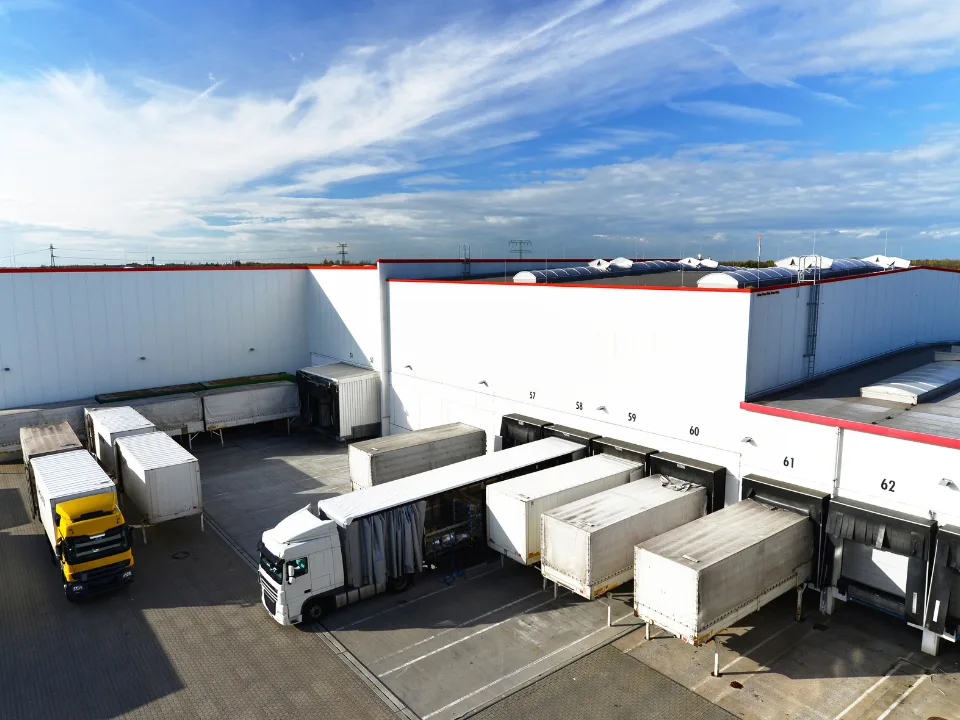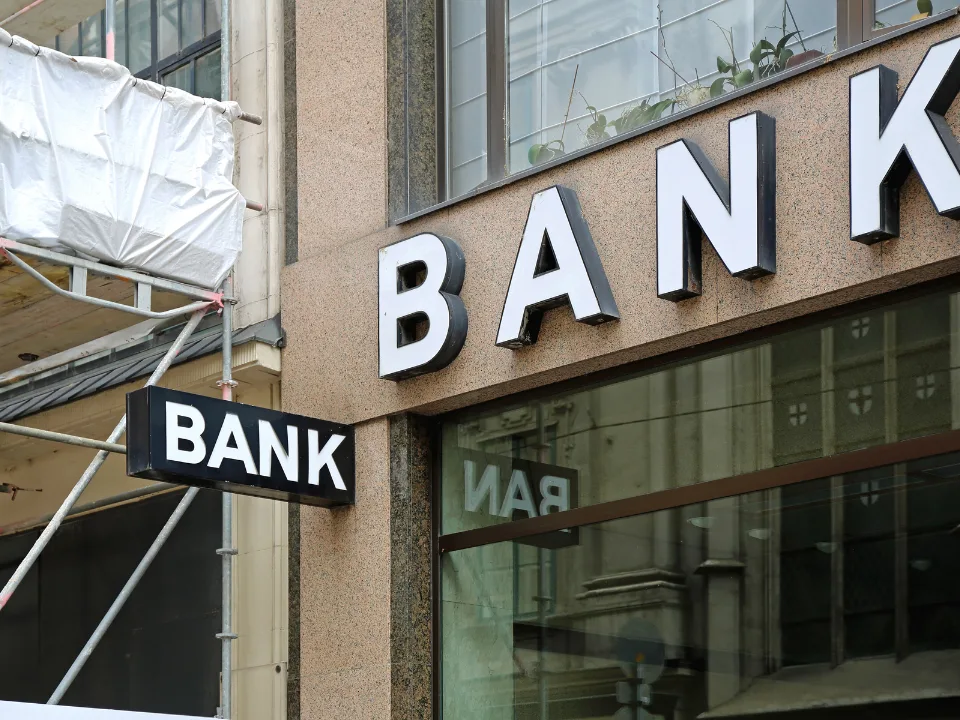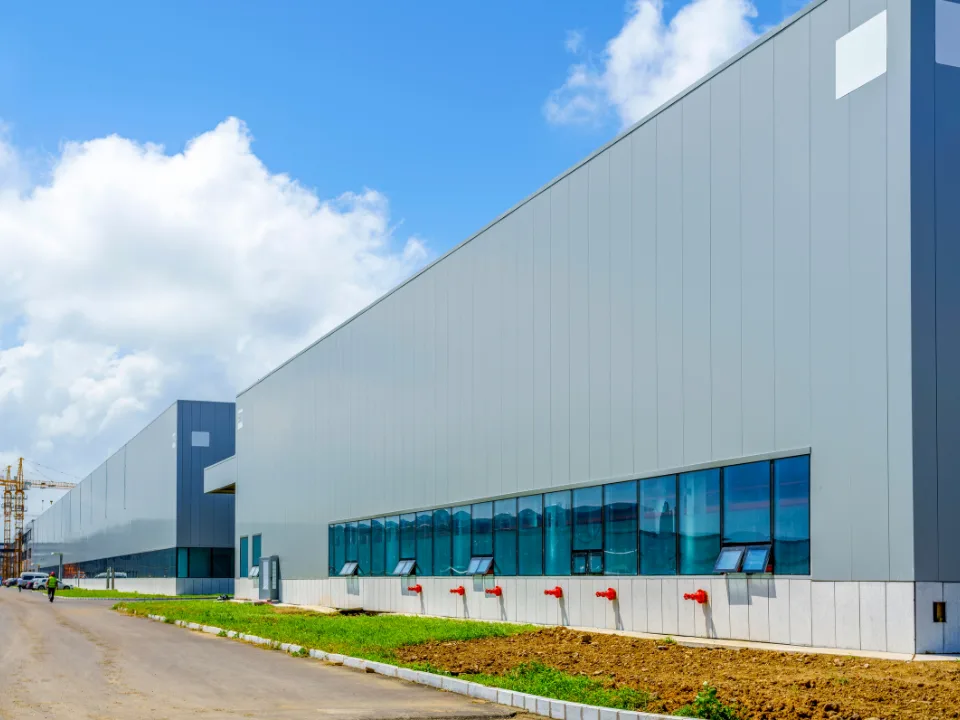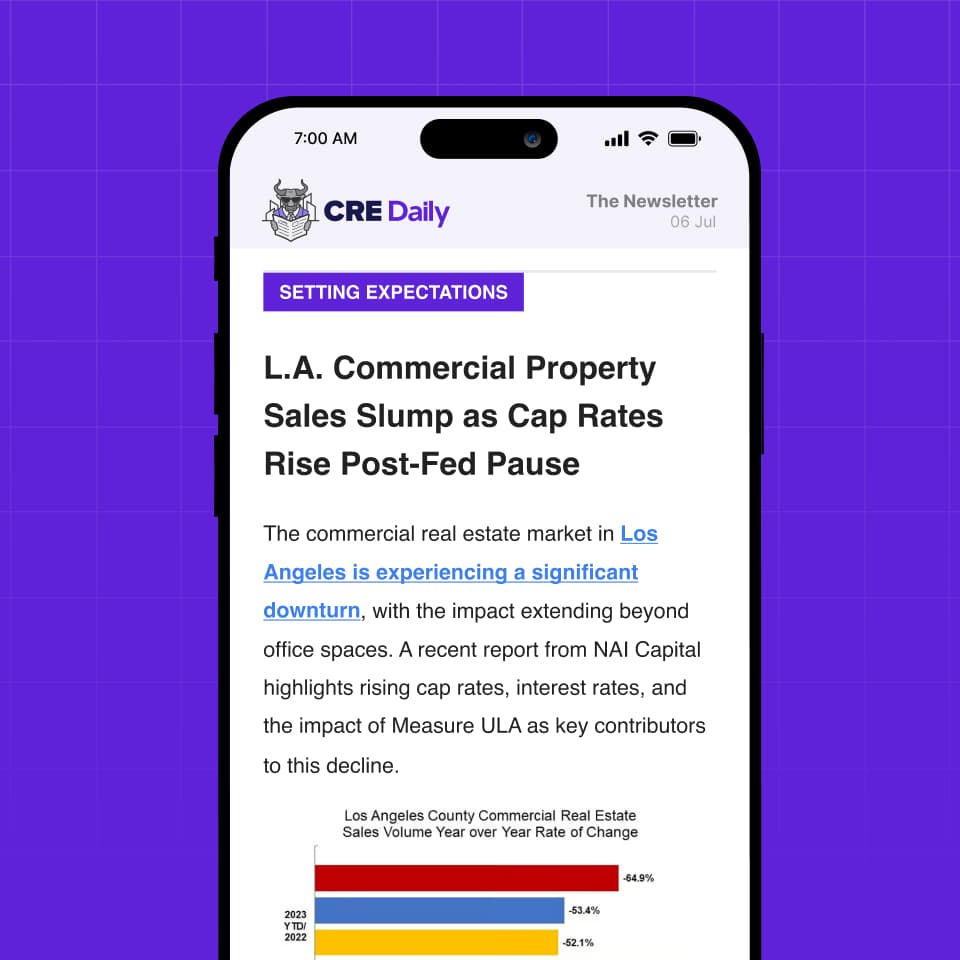- Amazon is planning 80 new warehouse projects across US cities and rural areas, including delivery hubs and robotic fulfillment centers.
- The company is seeking capital partners to finance the $15B expansion, offering long-term leases ranging from 15 to 25 years.
- This marks a shift from Amazon’s pandemic-era strategy, when the company bought up land and facilities, leading to surplus space.
- Industrial vacancy rates have climbed above 7%, creating a more favorable leasing environment for large-scale tenants like Amazon.
Back in Build Mode
Amazon.com Inc. is plotting a return to growth with a sweeping $15B plan to add nearly 80 new logistics facilities across the US. The strategy includes delivery stations and high-tech fulfillment centers, according to sources familiar with the plans, as reported by Bloomberg.
The company has begun quietly soliciting proposals from capital partners, asking for financing structures that can support long-term leases—some spanning up to 25 years. While Amazon may self-fund select sites, the bulk of the development is expected to rely on third-party capital, reigniting a model the company used for much of its early expansion.
Developers Face a Crowded Queue
Power providers like Oncor are seeing a deluge of scope study requests. In just one quarter, they received 59 GW in data center-related service requests—75% of all new demand.
Infrastructure studies can take months and cost hundreds of thousands of dollars, especially in high-demand areas like Chicago. And with utilities overwhelmed, delays are becoming the norm.
A Shift from Ownership to Partnership
During the pandemic boom, Amazon deviated from its typical lease-heavy approach and began acquiring land and warehouses outright. But that aggressive land grab resulted in excess capacity. Now, the company appears to be recalibrating, returning to a leaner, partnership-based development strategy that offloads risk to industrial real estate investors.
Amazon spokesperson Steve Kelly called the recent conversations “routine” and part of standard due diligence for evaluating future projects.
Get Smarter about what matters in CRE
Stay ahead of trends in commercial real estate with CRE Daily – the free newsletter delivering everything you need to start your day in just 5-minutes
Market Timing and the Bigger Picture
The timing of Amazon’s expansion comes as the US industrial real estate market faces headwinds. Vacancy rates surpassed 7% at the end of 2024—the highest since 2014—according to Jones Lang LaSalle (JLL).
Rising supply and moderating demand have softened the market, creating favorable conditions for large-scale tenants to secure better lease terms.
Even so, Amazon’s renewed appetite for space suggests confidence in long-term logistics demand, particularly as it continues to streamline delivery times and optimize its last-mile network.
Why It Matters
The potential $15B warehouse expansion could signal a broader rebound in logistics-driven real estate activity. For industrial developers and capital providers, Amazon’s shift back toward leasing opens the door for joint ventures and build-to-suit deals in a market currently rich with supply—but lacking large-scale demand drivers.














